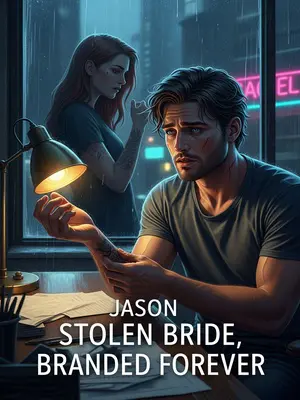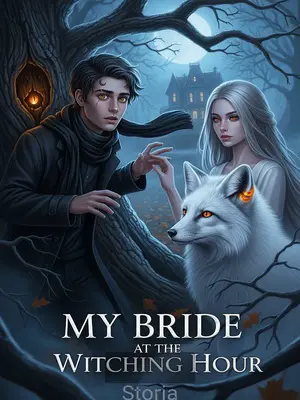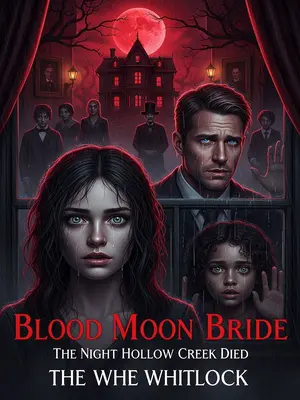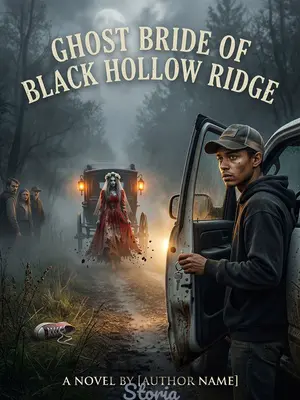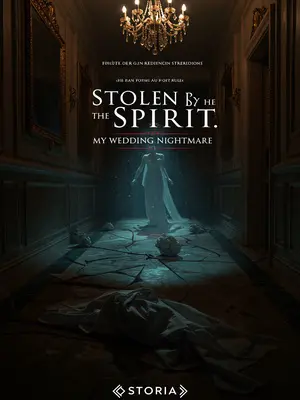Chapter 2: Dreams and Dread
The chart belongs to Mariah Bell, twenty-five. Last month, she jetted off to Miami on her honeymoon with her new husband. Two weeks after she left, her parents started having nightmares.
In their dreams, Mariah shows up in a fancy dress, skin pale as porcelain, standing in a mansion fit for a celebrity, her face fierce as she screams, “Quick, burn me!”
The details are chilling. Her parents wake up soaked in sweat, sheets twisted around them, Mariah’s voice ringing in their heads long after sunrise. The mansion is nothing like their cozy upstate New York house—this place is all chandeliers and marble, eerily silent except for Mariah’s desperate cry.
They jolt awake in terror, immediately trying to call Mariah. No answer. Panicked, they fly to Miami, file a missing persons report, offer a reward—nothing. Mariah and her husband have vanished without a trace.
But every time they close their eyes, Mariah’s tragic image returns, begging to be burned. The relentless fear and heartbreak make them sick with worry.
The Bells stop eating, can’t sleep, their home filling with the stale smell of burnt coffee and worry. Neighbors whisper, and the local church drops off casseroles that just pile up. That’s when Savannah comes to me.
This is a heavy ask. There’s an old saying: “Don’t go poking around in the business of spirits.” When you’re reading someone’s fate, you’re supposed to steer clear of life-and-death questions—anything deeper, and you’re tempting fate. You can predict the living, but not the dead. Trying to divine life or death can bring disaster down on your own head.
But I get it—any parent with a missing child would do anything for answers.
Their pain is so raw, it makes you want to promise the impossible. After a long pause, I agree. Instead of a psychic reading, I go for something riskier: the Paper Doll Spell—a ritual that’s kind of like a cross between a Ouija board and a séance, meant to ask the universe about life or death.
Savannah comes prepared, bringing Mariah’s personal things and a few strands of her hair. I cut out a palm-sized paper doll, write Mariah’s name and birthday, mark the seven key points, attach the hair, and start chanting: “Spirit of the land, divine and true, ascend through heaven and earth, traverse darkness and the underworld…”
The idea is that the paper doll acts as a vessel, calling out to the living soul. If the soul responds, you get your answer.
After a few minutes, the paper doll starts to tremble. I let go, and it slowly floats down. If it lands face up, she’s alive. Face down, she’s dead.
But instead, it wobbles and lands standing up—upright, like a tiny paper soldier.
What the…? I’ve never seen that before.
Savannah jumps in. “Well?”
I stare at the shaky paper doll, totally stunned. “She’s dead, but… somehow still alive…”
The words come out before I can stop them, my voice sounding shaky and unsure. Savannah blinks, head tilted: “What do you mean? Dead and alive? Like Schrödinger’s cat?”
She tries to laugh, but her voice cracks. The science joke falls flat in the dim café, but it’s the only way she can process what I just said.


